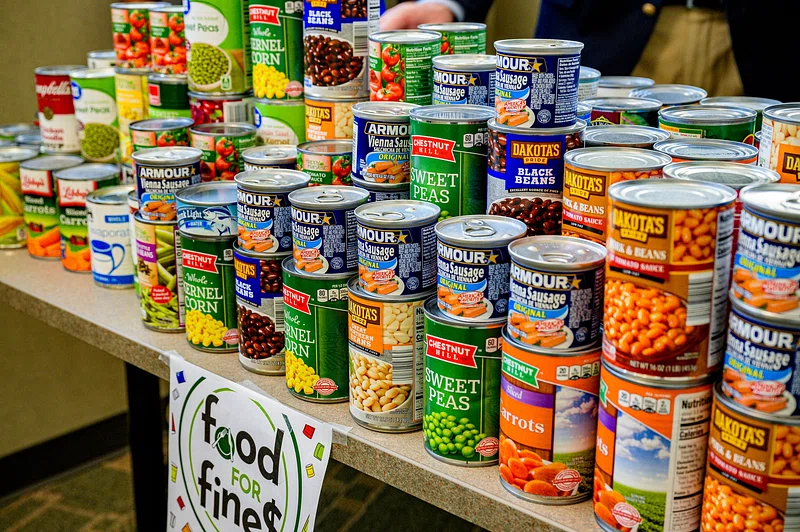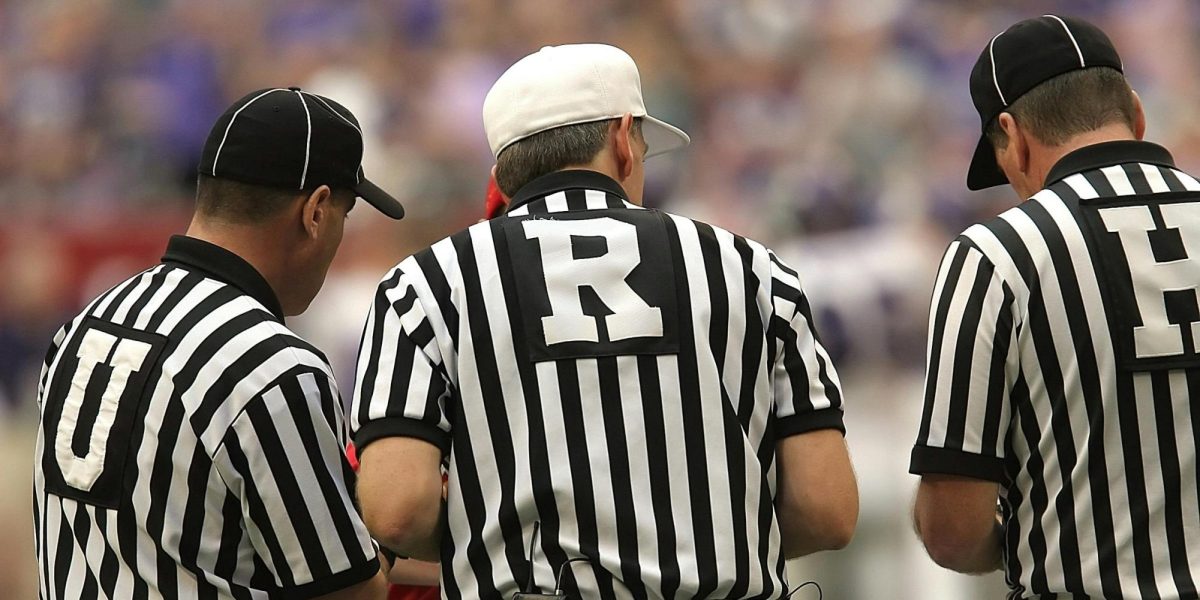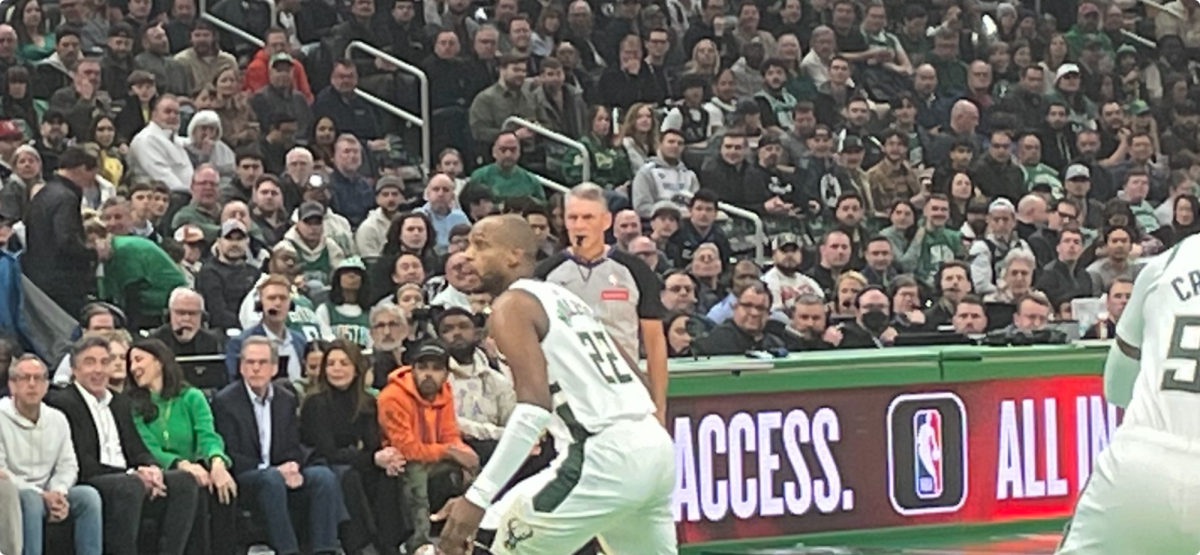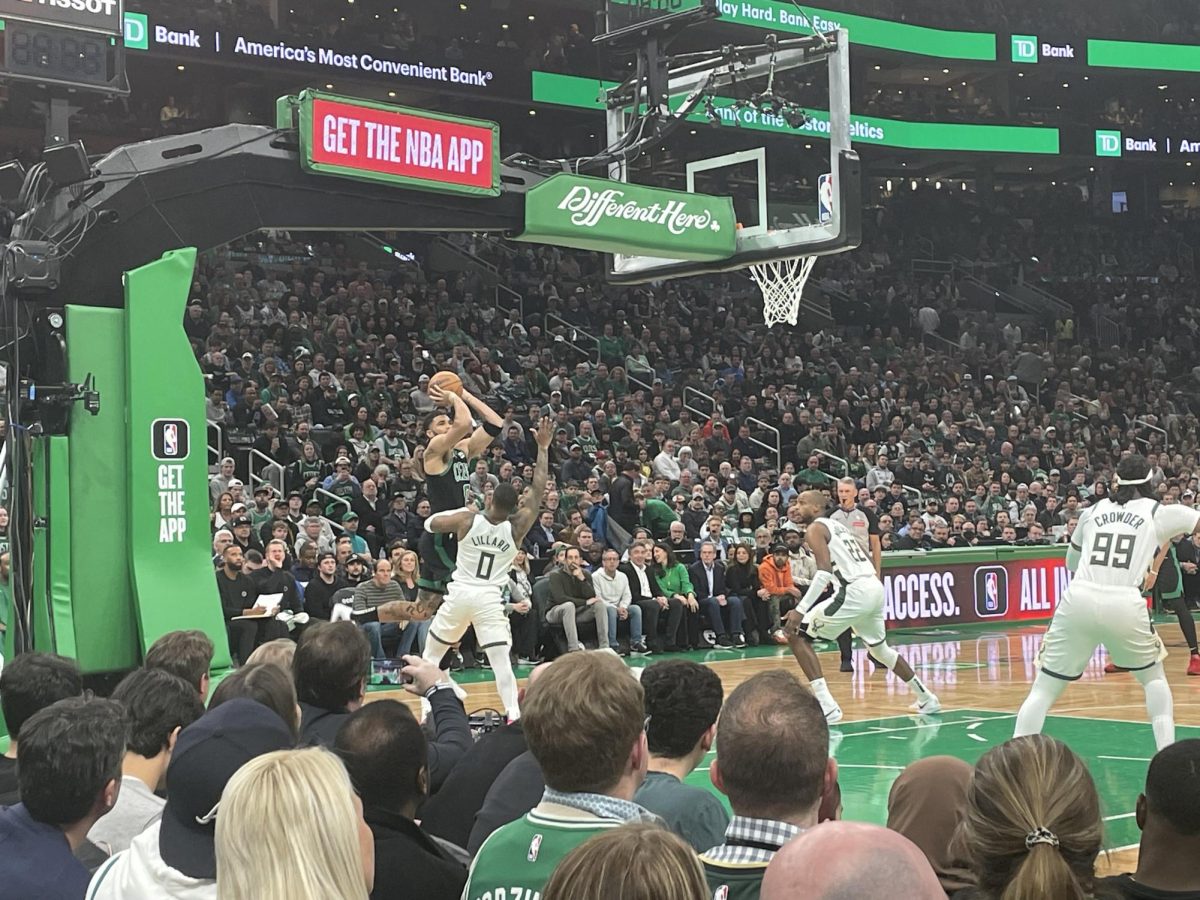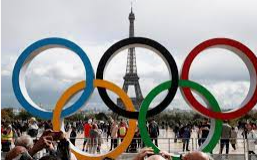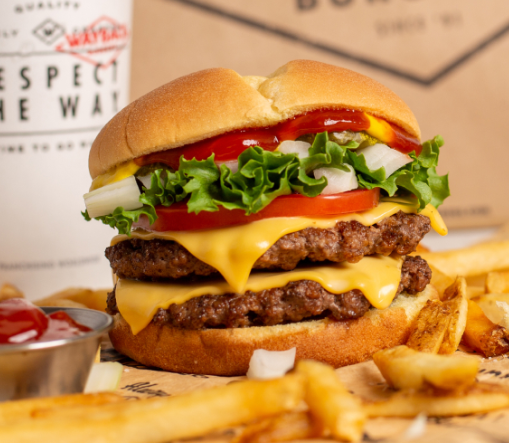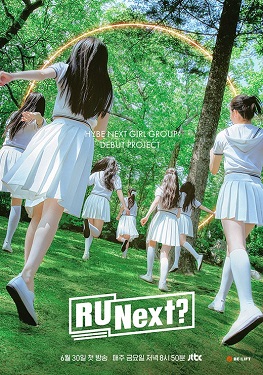Every year when March rolls around, college basketball fans as well as people who haven’t followed the season whatsoever go mad for the March Madness tournament. This year, a new group of sixty-four teams came together to see who would come out on top. Most of the overall hype around the tournament peaks slightly before the first game, when tens of millions of people scramble to put the final touches on their brackets, including predicting the craziest of upsets.
For those of you who don’t know, how the tournament works seems complex, but in reality it is rather simple. Basically, each team is given a “seed” based on their performance throughout the season. Seeds are given out from one to sixteen, with four teams receiving each seed, totaling sixty-four teams. (i.e. the four one seeds were UConn, Houston, North Carolina, and Purdue.) The bracket is set up so the better teams have easier paths to the finals. Therefore, every one seed first plays a sixteen seed, and so on. This is part of a reason large surprises are so rare, but it makes them all the more exciting when they do happen.
Any person can submit up to twenty-five brackets to the ESPN Bracket Challenge and this year, over twenty-two million were submitted to ESPN alone. Yet by only the second round, no perfect brackets remained, meaning all twenty-two million had at least one mistake up to that point. It is nearly impossible to create a perfect bracket. In fact, let’s say you were to flip a coin to decide who you’d pick. With this method, we could expect a perfect bracket in one in nine quintillion brackets, with the odds still astronomically rare if you know what you’re doing.
When a lower seed beats a team of a higher seed, that is known as an upset. This year, there have been quite a few upsets that hurt a lot of brackets’ chances at winning. First of all, the Oakland Golden Grizzlies beat the three seed Kentucky in the first round as a fourteen seed, making this the second year in a row that Kentucky got sent home early despite being seeded highly, last year being beaten by the St. Peter’s Peacocks. Then, Yale, a school not known mainly for athletics, defeated Auburn, a four seed. But the biggest shock of all had to be North Carolina State. They made the final four as an eleven seed. They bulldozed over six seed Texas Tech, previously mentioned Oakland, two seed Marquette, and four seed Duke, before finally being stopped by Purdue.
This year, both Clemson and Alabama made the Elite Eight (final eight teams), and were playing each other, and whoever won would be taking their first ever trip to the final four. This was a huge deal as neither team had ever had this much success in the tournament. Both schools’ athletic programs focus heavily on football, making national stars such as Tua Tagovailoa, Derrick Henry, Trevor Lawrence, and Tee Higgins. Eventually, Alabama came out on top and faced UConn in their next match-up.
Two one seeds, Purdue and UConn, each made the finals this year. UConn was seeking to become the first team to repeat as champions in over a decade, while Purdue was hoping to do better than last year, where they became the second team of all time to lose to a sixteen seed, that being Fairleigh Dickinson. In the end, UConn triumphed over Purdue, winning by a staggering fifteen points, 75 to 60.
So where does that leave us now? Millions ecstatic because they managed to get UConn correct as the winner? Millions distraught because they thought Purdue could go all the way? Millions in shock that NC State beat their team? In any case, it is clear that this year’s NCAA March Madness Tournament is one for the ages.




